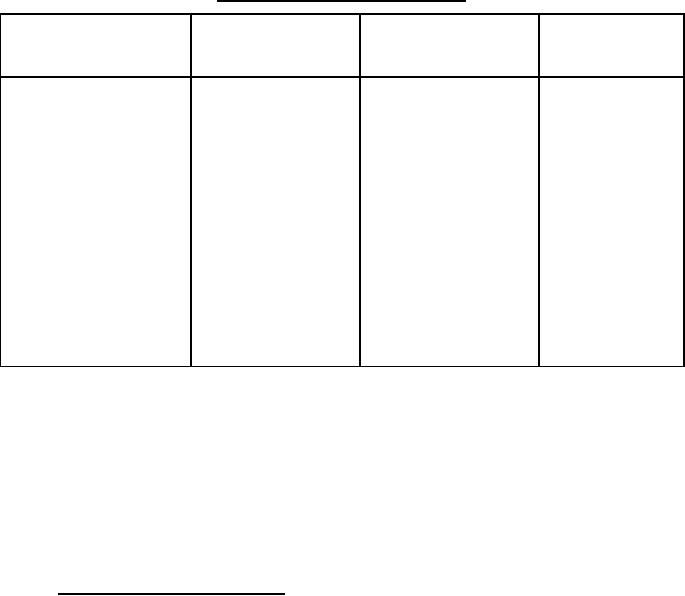 |
|||
|
Page Title:
Military-Commercial Connections |
|
||
| ||||||||||
|
|  MIL-S-46777C
Military-Commercial Connections
Connection
Comm. TTMA
Mil. Receptacle
Terminal
(Circuit No.)
Instructions
Wiring Ident
Function
-
None.
A
Blackout Marker
Connect to
B (22 461)
Ser. Left Turn & Stop
YEL (3)
-
None.
C
Blackout Marker
Connect to
D (90)
Ground
WHT (1)
Connect to -
E (21 489)
Ser. Tail & Marker
BLK (2)
& Connect to
BRN (6)
-
None.
F
Blackout Stop
None.
H
Blackout Marker
-
Connect to
J (22 460)
Ser. Right Turn & Stop
GRN (5)
None
K (37)
Aux. Power (Hot)
BLU (7)
Ground to Frame
L (90)
Ground
-
None.
M
Electric Brake
-
None.
N
Electric Brake
-
With the military system installed, the TTMA marker circuits, color coded BLK (2) and
BRN (6), shall be electrically isolated from each other, thus preventing 12-volt current cross-
over when operated by commercial trucks through the 12-volt TTMA plug. Replaceable diodes
may be used, having a minimum amperage of 150 percent of the current demand of the running
lamps served. Military circuits, letter coded B (461) and J (460) on the tactical trucks, are
passenger car combination stop and turn signal type, using the same lamp filament, and there is
no single stop lamp circuit. As a result, the trailer's turn signal lamp circuits, YEL (3) and
GRN (5), shall function as both turn signal lamps and stop lamps and the trailer's normal stop
circuit, RED (4), cannot be energized from the military truck's 24-volt system input.
3.11 Fungus and moisture resistance. The electrical circuitry of all electrical systems,
including all components and connections except as specified below, shall be protected from the
effects of moisture and fungus growth by an overall treatment with commercial electrical
varnish:
(a)
Components or circuit elements which are inherently fungus and moisture resistant
or which are hermetically sealed need not be treated.
(b)
Components or circuit elements whose functions will be adversely affected by the
varnish coating shall not be treated.
When used, the varnish shall be applied by spray, brush, or a combination of both to give a
minimum dry-film thickness of 1 mil to component or element surfaces previously cleaned and
prepared so that the surfaces are free from all foreign matter which would interfere with the
adherence or function of the varnish.
35
|
|
Privacy Statement - Press Release - Copyright Information. - Contact Us |